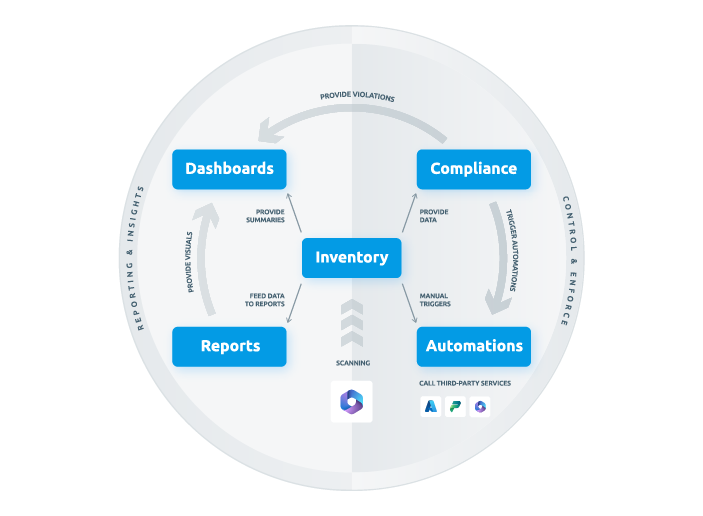Microsoft has mandated that starting October 15, 2024, multi-factor authentication (MFA) will be required for all users accessing the Azure portal, Microsoft Entra admin center, and Intune admin center. This initiative aims to enhance security and protect against unauthorized access.
Organizations must enable MFA for their users by the deadline to ensure continued access to the cloud services and maintain business continuity. If MFA is not enabled, users will be required to set it up themselves, potentially disrupting their workflow.
Key Dates to Remember
October 15, 2024: Deadline to enable MFA for users or apply for a postponement
March 15, 2025: Extended deadline for those granted a postponement
Action Items for you
Identify Users: Use available documentation to identify users signing into Azure with and without MFA.
Enable MFA: Ensure MFA is enabled for all users by October 15, 2024.
Postponement Application: If you are unable to enable MFA by the deadline, apply for a postponement to March 15, 2025.
Policy changes are normal and frequent when dealing with Microsoft 365. The Microsoft MFA deadline is a perfect example of the many policy and service changes that frequently occur as Microsoft evolves its SaaS offerings. Your organization can easily stay in compliance with a modern cloud governance strategy (automated governance lifecycle) and the right tools.
How Rencore Governance helps
Rencore Governance is a powerful, easy to use cloud collaboration governance software that automates your complete governance lifecycle, from data collection and policy alignment through to resolving violations and reporting. Here’s how it can significantly assist you in preparing for the upcoming MFA deadline through its prebuilt policies and automation capabilities:

Specifically Identify Administrators Without MFA
Rencore Governance includes prebuilt policies that automatically run against the collected data to uncover critical information. For instance:
Global Administrators Without MFA: This policy identifies global administrators who have not activated MFA, ensuring that high-security roles are adequately protected.

Administrators Without MFA: Similar to the above, this policy highlights all administrators lacking MFA activation, emphasizing the need for immediate action.
Quickly Customize to broaden
Prebuilt templates are easily customizable. You can simply remove or add a relation and filter accordingly. In this instance, I will simply remove the “role” filter, and I have a policy that will monitor against any User without MFA.

Automate Remediation
Once the policies identify users without MFA, Rencore Governance allows organizations to implement automations that resolve these issues quickly. You can quickly add them directly in the policy template.

This automation can include: Automatically alerting users who need to enable MFA.

Guiding Setup: Providing step-by-step instructions or links to set up MFA efficiently.

Monitor and Report on Compliance
Rencore Governance offers comprehensive monitoring and reporting capabilities with the same easy to customize prebuilt templates to track compliance through dashboards and reports.
Track progress
Monitor how many users have MFA enabled versus those who do not. Generate Reports: Create reports to demonstrate compliance with the MFA mandate, which can be useful for audits.
Complete the Governance Lifecycle
By utilizing Rencore Governance, you can ensure that the entire governance lifecycle is completed effectively. From identifying users without MFA to automating resolutions and monitoring compliance, Rencore Governance streamlines the process and enhances security.

As the October 15th deadline approaches organizations should leverage Rencore Governance to prepare for the MFA requirement efficiently. Start planning your MFA enablement strategy today to ensure a smooth transition and maintain secure access to critical portals.
For more security policies please use this free security checklist to make sure you are covering all the latest governance best practices.





